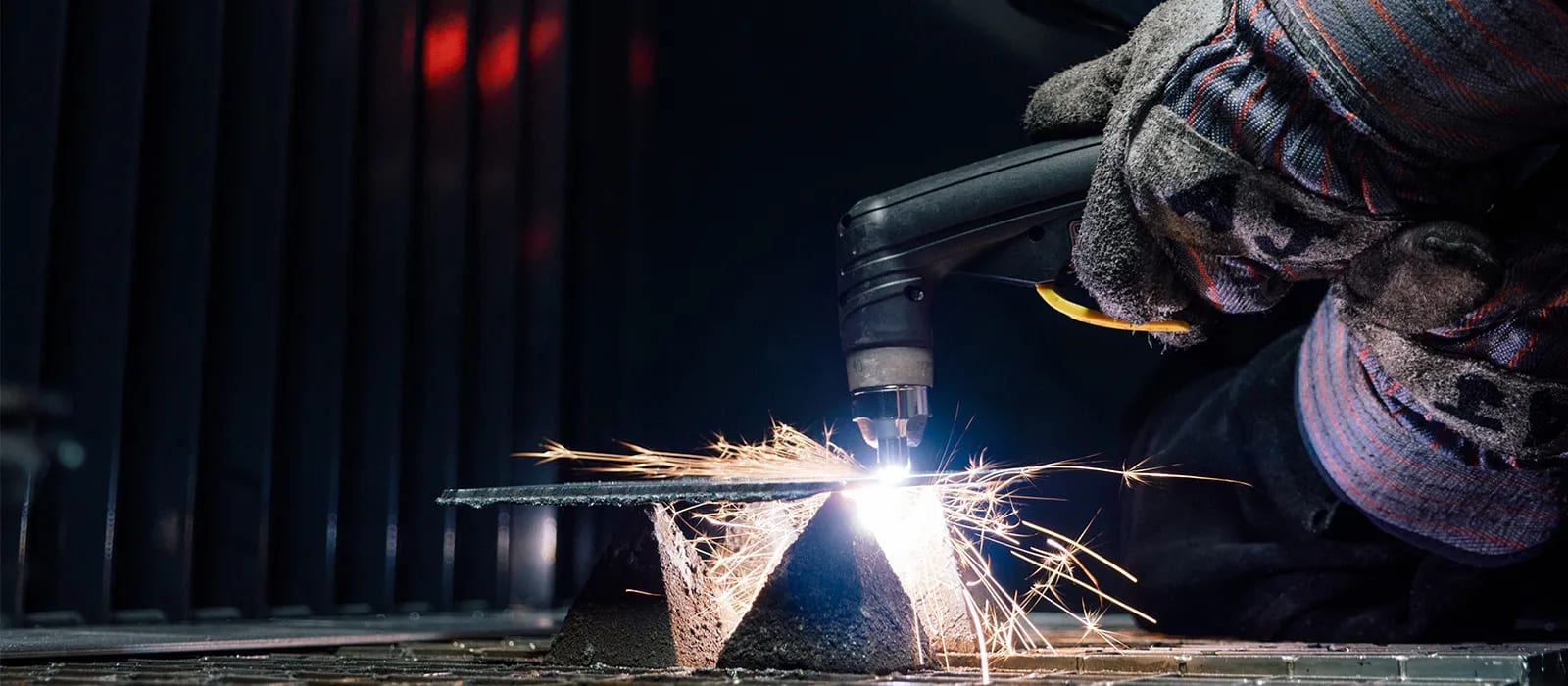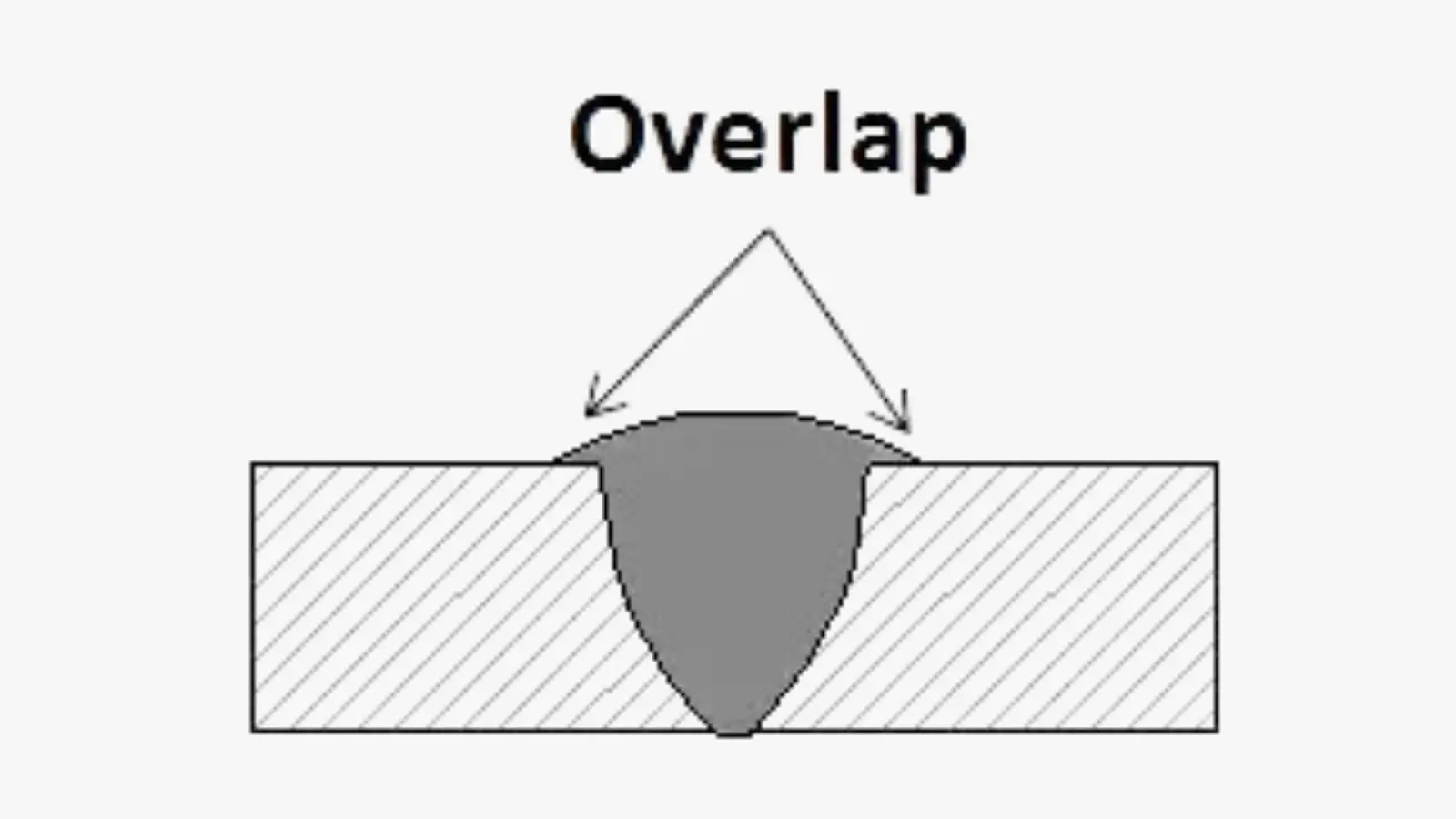Necessary Tips for Welders: Stopping Undercut Welding and Ensuring Stronger Weld Joints
In the world of welding, attaining solid and sturdy weld joints is the foundation of creating high-grade job. Nevertheless, one typical difficulty that welders commonly come across is undercut welding, which can endanger the honesty of the weld joint. By comprehending the aspects that add to undercutting and executing the right techniques and preventative measures, welders can efficiently avoid this issue and make sure the longevity and strength of their welds. Let's explore some necessary ideas that can aid welders navigate this obstacle and raise the top quality of their welding tasks.

Understanding Undercut Welding
Undercut welding is a typical welding flaw that happens when the weld steel fails to properly load the groove and causes a groove-like clinical depression along the weld bead. This issue damages the weld joint, making it prone to fracturing and failing under stress. Damaging can be triggered by numerous aspects, consisting of extreme welding current, high welding rate, inappropriate electrode angle, wrong electrode size, and bad welding technique.
Among the major factors for undercut welding is an imbalance in between the welding present and the welding speed. If the welding current is expensive or the welding rate is also fast, the weld steel may not sufficiently load the groove, bring about undercutting. In addition, utilizing an electrode that is as well huge can result in a similar outcome, as the excess steel can not properly flow right into the groove.
To stop undercut welding, welders must ensure they are utilizing the correct welding criteria, maintain a suitable electrode angle, select the appropriate electrode dimension, and practice proper welding strategies. By dealing with these variables, welders can lessen the risk of damaging and create more powerful, more trusted weld joints.
Correct Welding Strategy
Efficient welding technique plays an essential duty in making sure the high quality and integrity of weld joints. One basic aspect of correct welding method is maintaining the proper angle and distance in between the welding gun and the workpiece.
Furthermore, a consistent and constant hand motion is important for developing strong and sturdy weld joints. Welders must aim for smooth, uniform activities to make sure also distribution of the weld product. Proper adjustment of the welding gun and filler product is additionally essential to attaining ideal infiltration and fusion.
Moreover, controlling the warm input and picking the appropriate welding specifications based upon the material being bonded are critical consider attaining premium welds - Preventing weld undercut. Welders need to follow the suggested setups provided by welding procedure specs and readjust them as needed based on the certain needs of the project. By grasping appropriate welding strategies, welders can significantly improve the stamina and integrity of their weld joints
Choosing the Right Electrode
When taking into consideration the importance of choosing the ideal electrode in welding applications,Preserving the proper angle and range in between the welding weapon and the work surface is basic. The selection of electrode plays a crucial role in determining the quality and strength of the weld joint. Electrodes come in various types, each designed for specific purposes and products.
To start with, picking the ideal electrode size is necessary. Thinner electrodes appropriate for welding slim materials, while thicker navigate to this site electrodes are better for thicker materials and greater warmth applications. Matching the electrode size to the thickness of the workpiece helps attain a well balanced weld.
Second of all, understanding the product make-up of the electrode is essential. Various electrodes are created for welding certain materials like steel, stainless steel, aluminum, or cast iron. Making use of the proper electrode product guarantees good fusion and decreases the danger of flaws in the weld.
Finally, considering the welding placement and strategy is vital when selecting the electrode type. For circumstances, specific electrodes are better matched for upright or overhead welding positions, while others function well for level or horizontal placements. Choosing the right electrode based upon the welding technique boosts the general weld quality and stability.
Preparing the Base Metal
To make certain a successful welding procedure, what initial actions should be taken when preparing the base metal for welding? Effectively preparing the base metal is critical for accomplishing solid and long lasting weld joints. The primary step in preparing the base steel is to clean it extensively to remove any type of contaminants such as rust, paint, dust, or oil. This can be done making use of a wire mill, chemical, or brush solvents. Furthermore, any kind of existing weld material or residue from previous welding need to be removed to make sure a clean surface area for the brand-new weld.

Conducting Post-Weld Examinations

After conducting these assessments, welders must contrast the outcomes against industry criteria and task demands to make sure that the weld joint meets all necessary standards. Any discrepancies or insufficiencies found during the post-weld assessment ought to be promptly resolved via suitable corrective actions to ensure the weld's integrity. By faithfully doing post-weld evaluations and promptly resolving any type of issues, welders can maintain the quality and integrity of their work, ultimately adding to the safety and long life of the visit homepage welded frameworks.
Conclusion

To conclude, preventing undercut welding and making sure stronger weld joints need a mix of appropriate welding strategy, choosing the ideal electrode, preparing the base metal properly, and carrying out post-weld assessments. By understanding the sources of undercut welding and implementing the needed preventative measures, welders can produce high-grade weld joints that meet market criteria and guarantee the architectural honesty of the welded elements.
Undercut welding is an usual welding defect that happens when the weld steel falls short to correctly fill up the groove and results in a groove-like clinical depression along the weld bead (Preventing weld undercut). Undercutting can be triggered by different variables, including excessive welding present, high welding rate, inappropriate electrode angle, wrong electrode size, and poor welding method
One of the primary factors for undercut welding is an inequality between the welding current and the welding speed. If the welding current is as well high or the welding speed is as well quick, the weld steel might not adequately fill the groove, leading to undercutting.Maintaining the appropriate angle and distance between the welding gun and the workpiece is essential when thinking about the value of picking the appropriate electrode in welding applications.
Comments on “Preventing Weld Undercut Demystified: Strategies for Success”